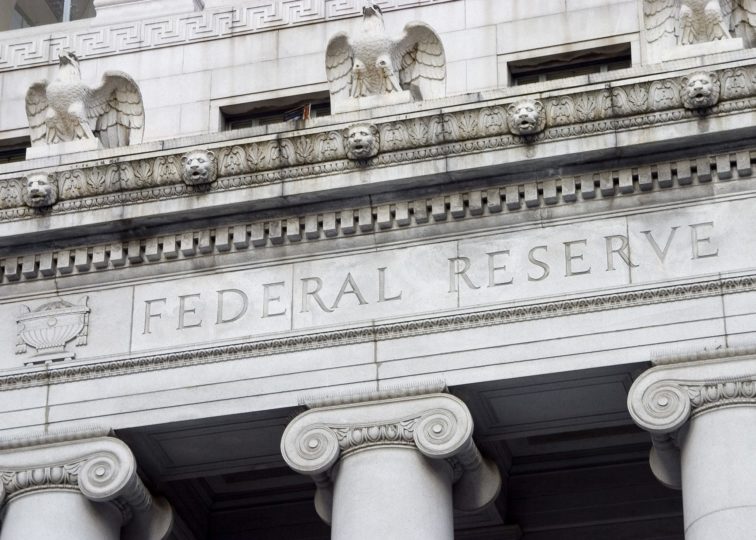
Blog
The Fed Expects Rates to Come Down Slowly. History Suggests Otherwise.
September 21, 2023
The Federal Reserve is shooting for something it has never accomplished: a soft landing followed by the slowest rate-cutting cycle in history.
The central bank left interest rates unchanged at its latest meeting. Future projections leave room for another rate hike this year, but investors are looking past that to what the Fed expects in coming years. The Fed’s “dot plots” spelled out its hopes to bring down inflation without tipping the economy into a recession. The dot plots also predicted that rates will remain elevated for longer, with a gradual reduction spread across the next four years.
Unfortunately, as the Wall Street Journal points out, “It’s the perfect scenario for the central bank, but history suggests it isn’t likely to work out.”
In the Journal’s estimation, there are two big lessons from past rate-cutting cycles that the Fed seems to be overlooking. The first is that “rates go up the stairs, but come back down the elevator.” Nearly every cycle ends with rapid rate cuts. The Fed has only successfully engineered a soft landing once, in the mid-1990s, and even then, they ultimately abandoned their planned cuts when inflation picked up again.
The second lesson is that big inflation shocks historically have required elevated rates to be maintained for years to prevent a second wave of inflation from forming. Researchers from the International Monetary Fund (IMF) analyzed more than 100 inflation shocks around the world and found that bringing inflation down required tight monetary conditions to persist for an average of three years. The Fed seems to have gotten that message, with policymakers predicting rates still above 5% at the end of next year, but the IMF also noted central banks would need to make a difficult trade-off between inflation and growth.
The Journal posits two potential risks facing the Fed. The first is that the impact of rapidly climbing rates over the past 18 months is simply taking longer than expected to manifest. The Fed could soon face higher unemployment and a sagging economy, which would likely result in faster rate cuts. Alternatively, if the economy truly is doing as well as it seems and the labor market stays tight, inflation could begin climbing again, meaning further hikes may be necessary. In either case, the Fed’s well-laid plans are unlikely to come to fruition.
